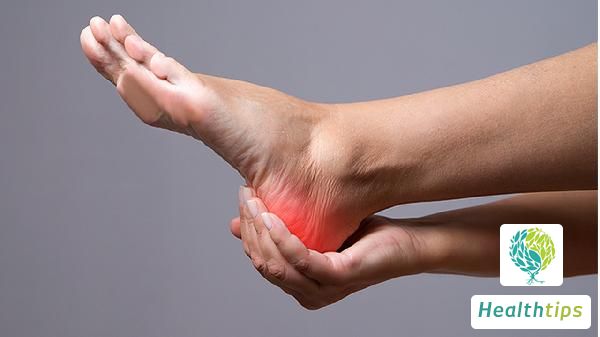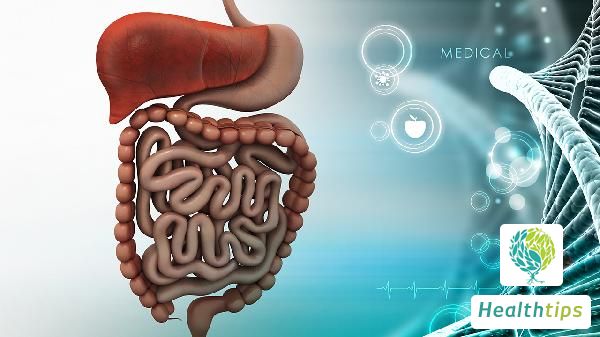Which Points Should Be Selected for Acupuncture Treatment of Knee Pain?
Knee joint pain can be alleviated through acupuncture, with commonly used points including Zusanli (ST36), Yanglingquan (GB34), and Knee Eyes (Ex-LE4/5). Selecting these acupuncture points can promote local blood circulation, relieve pain, and further enhance joint flexibility and function.

1. Zusanli (ST36) is located four finger-widths below the knee, and it is a point frequently used to relieve discomfort in the legs and knees. Zusanli helps strengthen and coordinate the lower limbs, while also aiding in improving knee joint pain and enhancing overall immune function.
2. Yanglingquan (GB34) is located on the lateral side of the lower leg, below the knee, and anterior-inferior to the fibular head. It is the Confluent point of the Liver Channel. Yanglingquan is primarily used to relax muscles and improve circulation, with a significant effect in alleviating joint and muscle pain, particularly internal knee joint pain.
3. Knee Eyes (Ex-LE4/5) are the depressions on both sides of the patella directly in front of the knee, divided into Inner Knee Eye and Outer Knee Eye. Acupuncture at these points can effectively relieve knee stiffness and pain, especially for pain caused by excessive exercise or long-term strain.
Selecting these acupuncture points can help reduce knee joint pain. However, before undergoing acupuncture treatment, it is advisable to consult a professional Chinese medicine practitioner to develop a personalized treatment plan based on individual circumstances. Additionally, regular professional evaluations and physiotherapy can help better maintain knee joint health and improve quality of life.
The above points emphasize the effectiveness of acupuncture in alleviating knee joint pain. If you suffer from persistent knee joint pain, it is recommended to seek medical attention as soon as possible and combine acupuncture with other treatment methods to improve knee conditions. In daily life, maintaining moderate knee exercises and paying attention to calcium and vitamin D intake in the diet can also help maintain knee health.



















